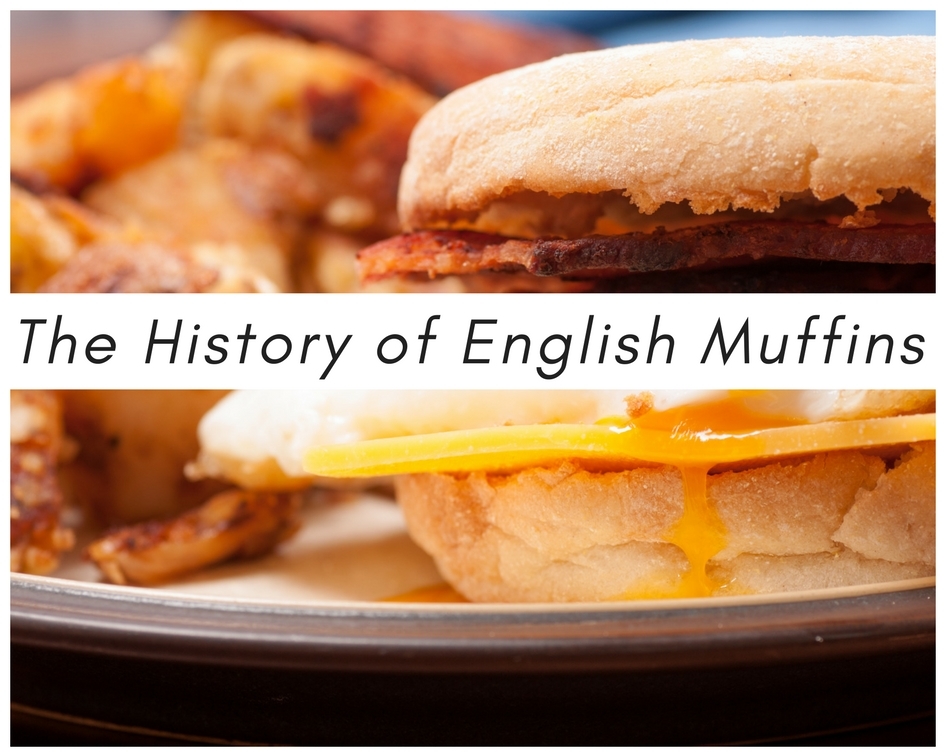Soft yet crunchy, English Muffins are great smeared with butter at breakfast, and the perfect base for Eggs Benedict. You can’t make English Muffin pizzas without them. Since they’re called English Muffins, you’d think they were invented in England. In actuality, we do have an Englishman to thank but they’re an American favorite.
Small, round, and flat, English Muffins are not a muffin but a relative to the English crumpet. Crumpets were made by pouring batter into ring molds on a hot griddle. The batter puffs up and forms small holes on the top.
An English Muffin is cooked in the same way but does not puff as much as a crumpet. It’s crunchy on the outside and the small holes form on the inside. The big difference between a crumpet and an English Muffin is that English Muffins are sliced horizontally so as not to damage the middle of the muffin.
In 1874, Samuel Bath Thomas emigrated to the United States from Plymouth, England. He invented “toaster crumpets” at his bakery in New York City.
They were thinner than a traditional English crumpet and pre-cut (or fork-split) so they could be pulled apart easier. This gives the inside a rougher surface (hello ) which crunch up when toasted.
By 1880, he was selling muffins to grocery stores and hotels. They became such a popular alternative to toast, he opened a second bakery on West 20th Street to keep up with demand.
The term “English Muffin” began and was trademarked in 1926. It states the name was first used in 1894 so that’s when Thomas’ English Muffins were officially born.
There are many recipes out there for making English Muffins at home, but Thomas’ recipe is a closely guarded secret. According to The New York Times, only seven people know how to create the perfect nooks and crannies.
